The Artificial Womb Will Change Everything
Micro-term birth will become increasingly more common as synthetic blood and artificial womb technology makes early-term delivery viable. Pregnancies could be one to two terms shorter and much safer.
A fetus, for example, could be removed via C-section during the second trimester and placed into an artificial womb. A natural nine-month course will only be used for dangerous or natural births or for those who cannot afford earlyterm birth. As a result, C-section will become the number one surgical procedure in the US.
This will lead to a dramatic rise in both international and domestic surrogacy. Today, surrogacy costs an average of $100,000 to $150,000. Its popularity will increase as gestation cycles, cost and the risk of complications decrease, allowing a fertile woman to birth up to two children per year.
More than eight in ten women start breastfeeding their children after birth, but only 30% are still breastfeeding one year out. Smart breast pumps that track flow, quality and composition of milk will become a standard postpartum analysis service and revenue stream for hospitals. AI-based at-home crib tracking will alert the parent and hospital to any abnormalities in infant sleep or behavior.
